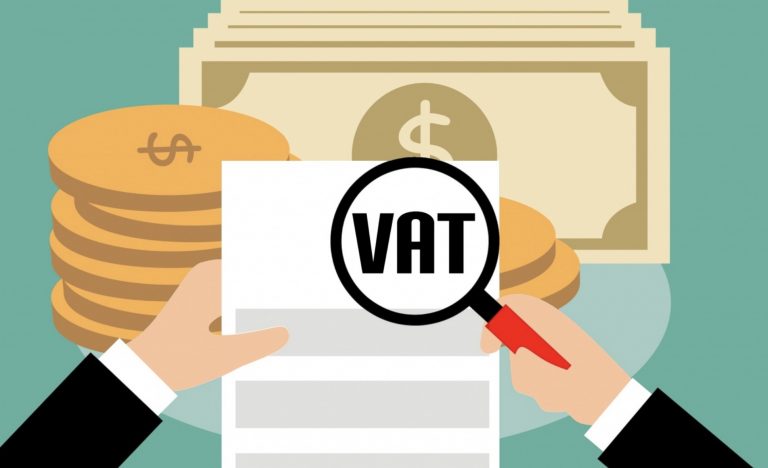The specter of Tax Day can put a damper on even the most successful year in business. And if your business has had to request an extension, the pressure of completing this daunting task may be increasing.
Fortunately, your delayed filing isn’t a death sentence; tardy taxes can be resolved with the right support and information. Plus, you’ll learn some tips and tricks to help you avoid the need for an extension next year.
Story Stages
1. Gather the Right Information
Though many different circumstances can result in late tax filing requests, usually, it’s a matter of not having all the information you need to file accessible and in the right place. Even if April is months away, it makes sense to create a list of all the information you’ll need to prevent it from becoming a last-minute project. One way is to reference last year’s filing to see what was completed and note the sources of the information you’ll need.
You may have documents you’ve received in the mail, or you may need to download records from your business software. Be thorough in organizing your list, so you don’t miss any important details, especially the ones Uncle Sam expects to see.
If you have employees, it should only take a couple of clicks to review the information within your payroll software. Use a payroll tax calculator to help you figure out the right amounts and avoid any human error along the way. Don’t forget to incorporate all relevant details, including bonuses and state, pre-, and post-tax withholdings.
2. Document Important Details
Now that you have your data, develop a way to keep it organized. Most tax filing software asks for specific numbers for expenses, depreciation, and improvements. Identify the source of this data and ensure you have documentation to prove it in the event of an audit.
Small businesses are easy targets for an audit, with the IRS reportedly increasing their efforts in recent years. While you would never falsify your filing, you should always be prepared to prove its accuracy. Print or export copies of receipts for expenses you plan to write off. Don’t rely on your online profile from your financial service providers, as many only display the past 12-24 months of activity.
It’s your responsibility to document every detail associated with your return, so allow time for this step. If you’re figuring a percentage of an expense you can write off, reference the IRS-approved formula. When possible, use the formula included in your tax preparation software to ensure consistency.
3. Err on the Side of Caution
If you’re not sure you qualify for a tax credit or a write-off, now is not the time to test the system. Review the confirmed data you have and park the portions you’re unsure of in a separate folder. Revisit this information after you’ve submitted your return, as you want to complete your filing as soon as possible.
Once you’ve submitted your return, review your folder and comb through your data and the IRS website to determine whether you qualify. If so, you can submit an amended return to reclaim any overpaid taxes. If you don’t, you may have avoided an audit.
If you think you could qualify for those missed deductions next tax year, make plans to do so. This includes gathering any documents necessary to claim the potentially relevant credit or write-off.
4. Be Prepared to Pay
Depending on your withholding practices, you may owe taxes for the year. While everyone should pay their fair share of owed taxes, you could pay more than you need to. If you’ve underpaid your taxes and owe a large bill, you could be faced with underpayment penalties.
While getting an extension will prevent you from incurring a late-filing penalty, you will need to pay any taxes owed by April 15. Otherwise, your late filing could result in a penalty that could be up to 25% of your unpaid taxes. Be prepared to fulfill this obligation in exchange for the extra time to file.
Review your total amount owed in comparison to your earnings for the year to identify potential adjustments you can make. Consider reviewing the IRS’s calculators for withholding and quarterly tax filings. While it may feel good to have cash in the bank, the pain of underpaying may be greater. Every fee and penalty you pay decreases your profitability and personal income, so it’s important to manage this step well.
5. Start Planning for Next Year’s Taxes Today
Now that you’ve submitted your taxes, it’s time to begin preparing for next year. It’s easy to shift your mind to your business or personal affairs, but work to reframe your mindset.
Make an effort to forecast your tax obligation when you balance your books each month. Set aside cash to pay for obligations, print or export invoices, and log calculations or special exceptions. When you document and plan in real time, you can reduce headaches in the future.
Part of successful business stewardship is managing your tax obligation, even if it’s not the most exciting part of the job. By reviewing this information early, you can make it easier to stay compliant.
Now that you’ve fine-tuned your tax practices, it’s time to move past late filing in the coming years. Integrate these best practices into your business, and you may even become an early filer. With your taxes organized, you’ll be able to focus your efforts back on your business and delighting your customers.
